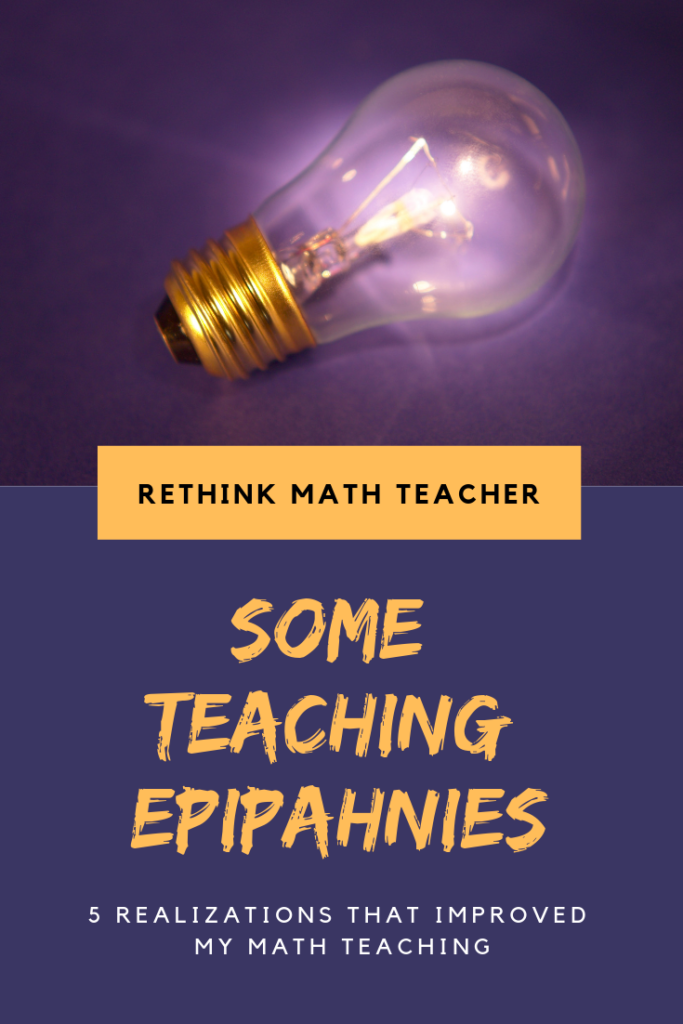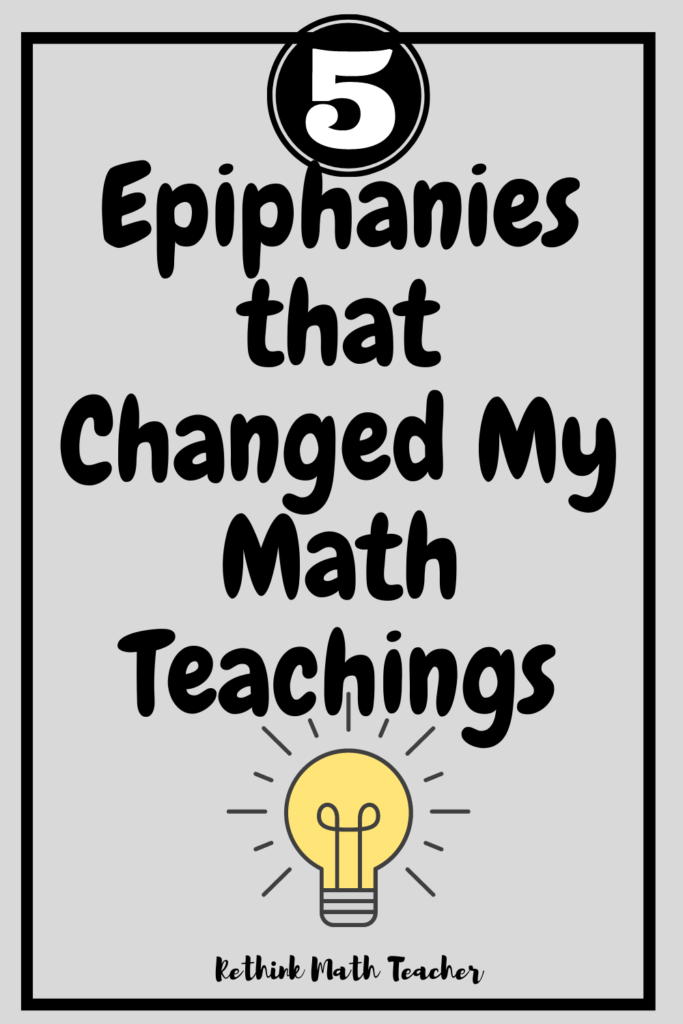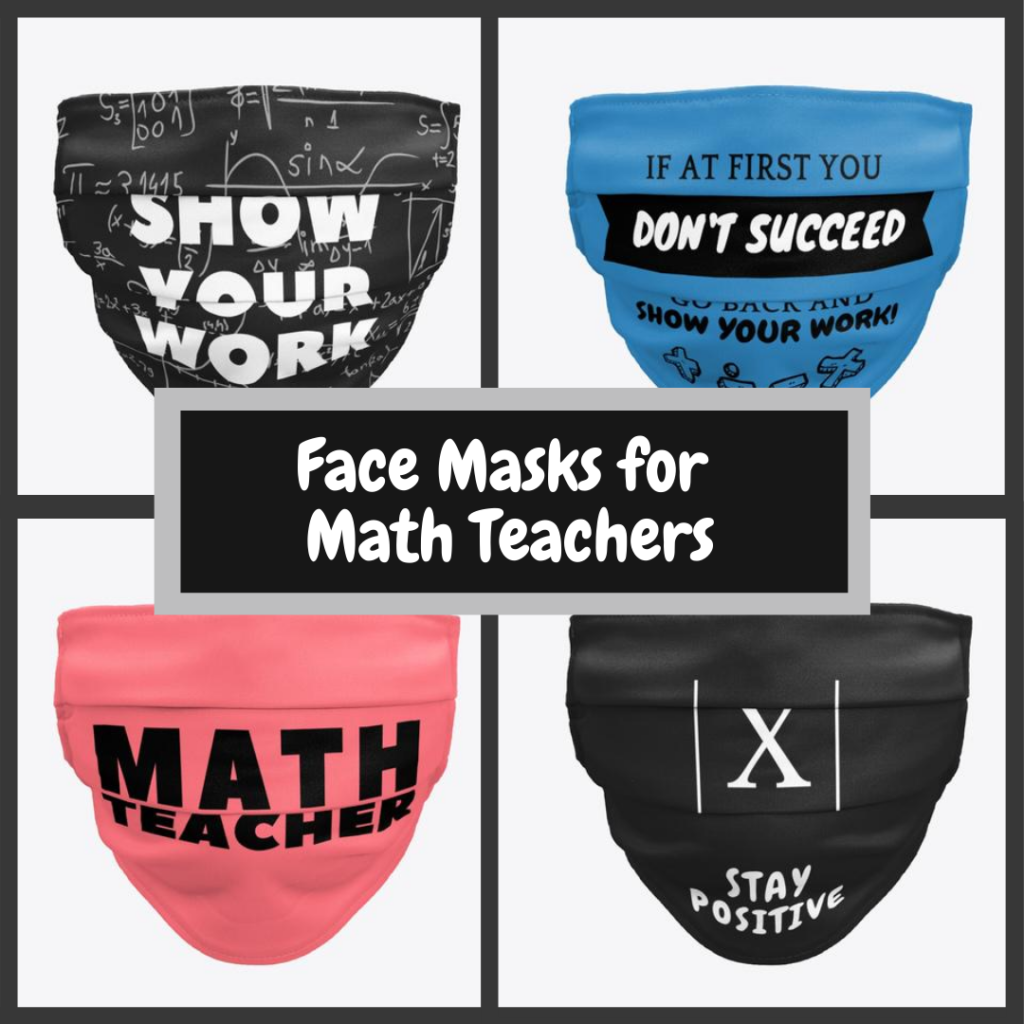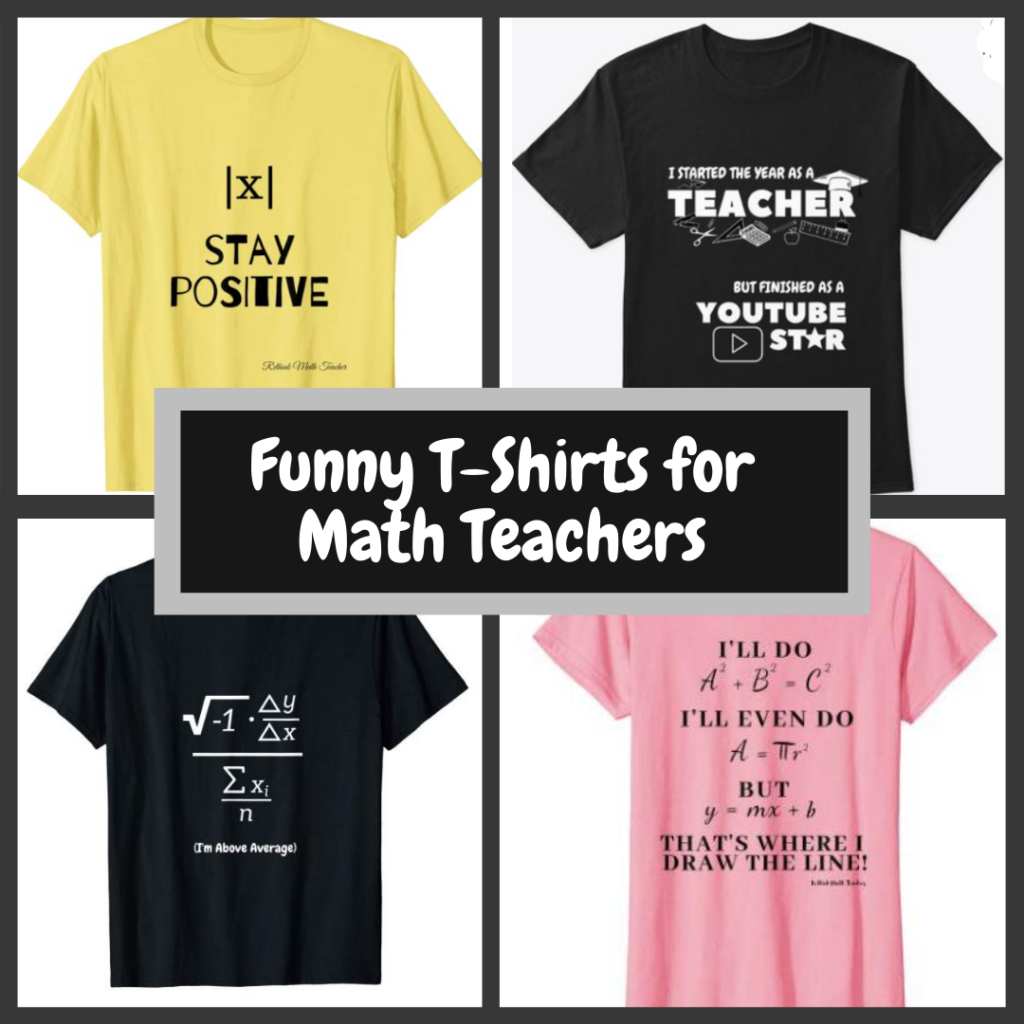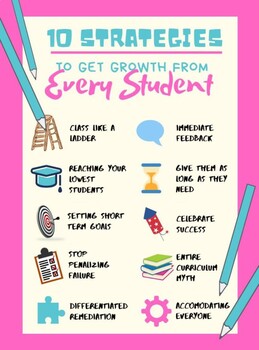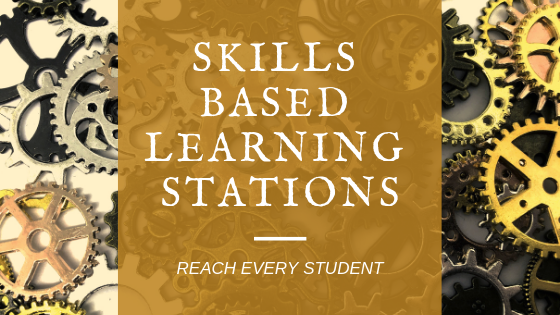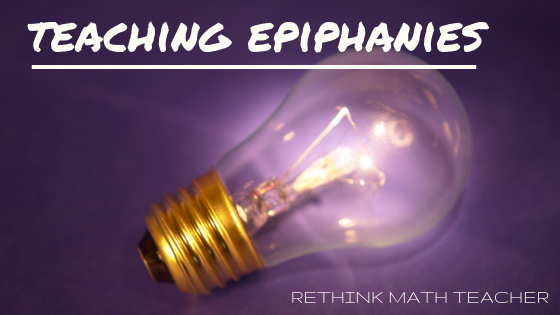
5 Realizations that Improved my Math Teaching
When I was a first year math teacher, I had two Geometry classes. The students were supposed to memorize and correctly apply the midpoint formula.

For anyone who hasn’t taught Geometry, the to find the midpoint you add two coordinates together and divide by two.
I noticed that when one of the points had a negative number in its coordinate, most of the class got the question wrong. I realized that they could not add integers, and got some integer counter chips to do a quick reteach on the skill.
The next day, we discovered the rules to adding integers by using counter chips, and then did a plethora of practice problems.
To my shock, the following day, the students were still getting the same problems wrong – they still couldn’t add integers!
I had several epiphanies that day.
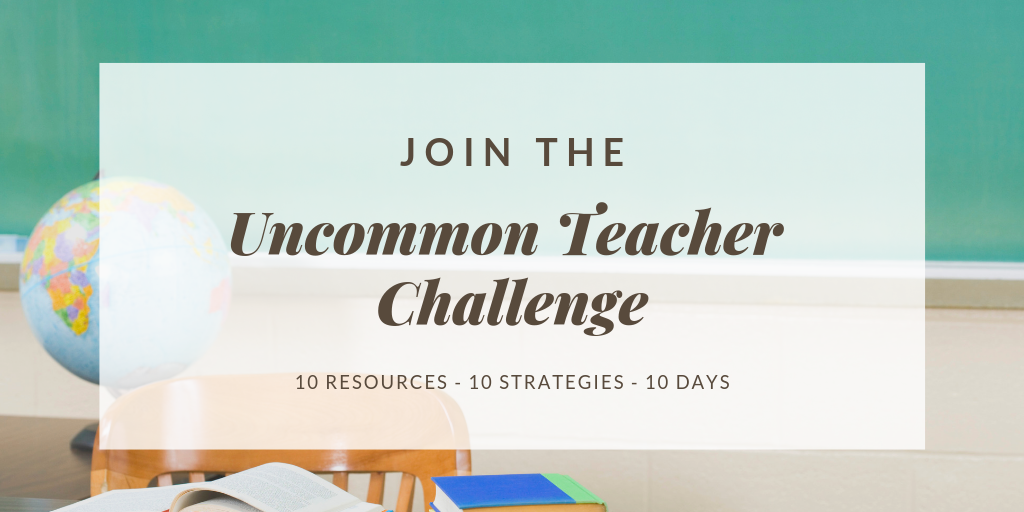
1) How long?
The students were supposed to have mastered adding integers years ago. Meaning that teachers had probably correctly modeled this skill hundreds of time for them. If they had not learned it after several years and several hundred practice problems, why was I so arrogant as to think I could straighten them out in one day?
2) The problem was not in the instructional delivery.
Again, I should have considered that in the several years of math classes, they had probably already been shown the counter chips method. And while there’s nothing wrong with showing it to them again, if they hadn’t already mastered it, why was my showing it to them going to make a difference in their retention or comprehension?
3) How many practice problems do they need?
When learning a skill, and trying to get it to stick into your long term memory, you must practice the skill over and over again, correctly. This is why basketball coaches model proper form, and then have their athletes practice shooting the ball, with the correct form, repeatedly – to get it to become natural.
While my Geometry students had probably been given lots of practice on the skill, it hadn’t stuck, they needed more, and I had offered them a mere 10 to 20 questions in one day. It simply wasn’t enough. I needed to give them lots of practice, on this one skill, so that it too would become automatic in their brains.
4) What if they already knew how to add integers?
While many students in the class could not add integers, that was not true for all of them. And those who already knew how had just spent an entire day being retaught something that they already knew – when they could have been pushed on to more challenging work, deepening their education.
5) That wasn’t the only skill they were missing
Finally, there are other skills needed to complete this task, like dividing by two (or simplifying fractions) as well as identifying points on a coordinate plane. I needed to remediate those skills as well.
What was I to do for those students?
It was this thinking that helped lead me to the use of learning stations in the classroom for remediation and acceleration.
By doing so, I could have students who couldn’t add integers work on that skill, while students who couldn’t identify points on the coordinate plane could work on that skill, and students who had already mastered both could move on to more challenging work.
Here’s a link to our article on Skills-Based Learning Stations, so that you can learn more.
Applications for your classroom
Your students have similar struggles, regardless of what grade or standard you are currently teaching. There are students who can’t do the work because they don’t know how to do some of the prerequisite skills. You also have students who learn at a slower pace than the rest of the class, or need more practice attempts for the skill to be mastered. And finally, you have students who are faster learners and are ready to move on.
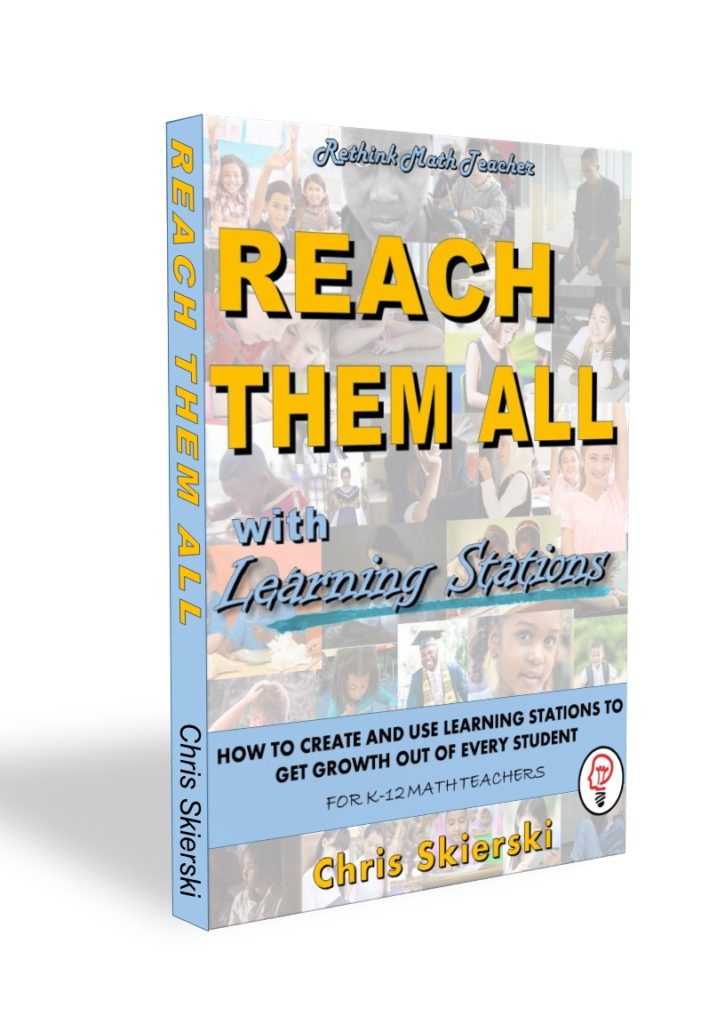
How to Reach them All?
How can you remediate the skills of those who need it, while providing extra practice for your slower learners, while not holding back your more advanced students?
I accomplish this through skills based learning stations. I build a station for each skill that the students need to master. Inside the station I provide my students with a reteach, lots of practice, and immediate feedback. Students are permitted to remain in the station for that skill until they master it, and then I progress them to the next skill (and then the next, and so on).
Learn more about skills based learning stations here.
